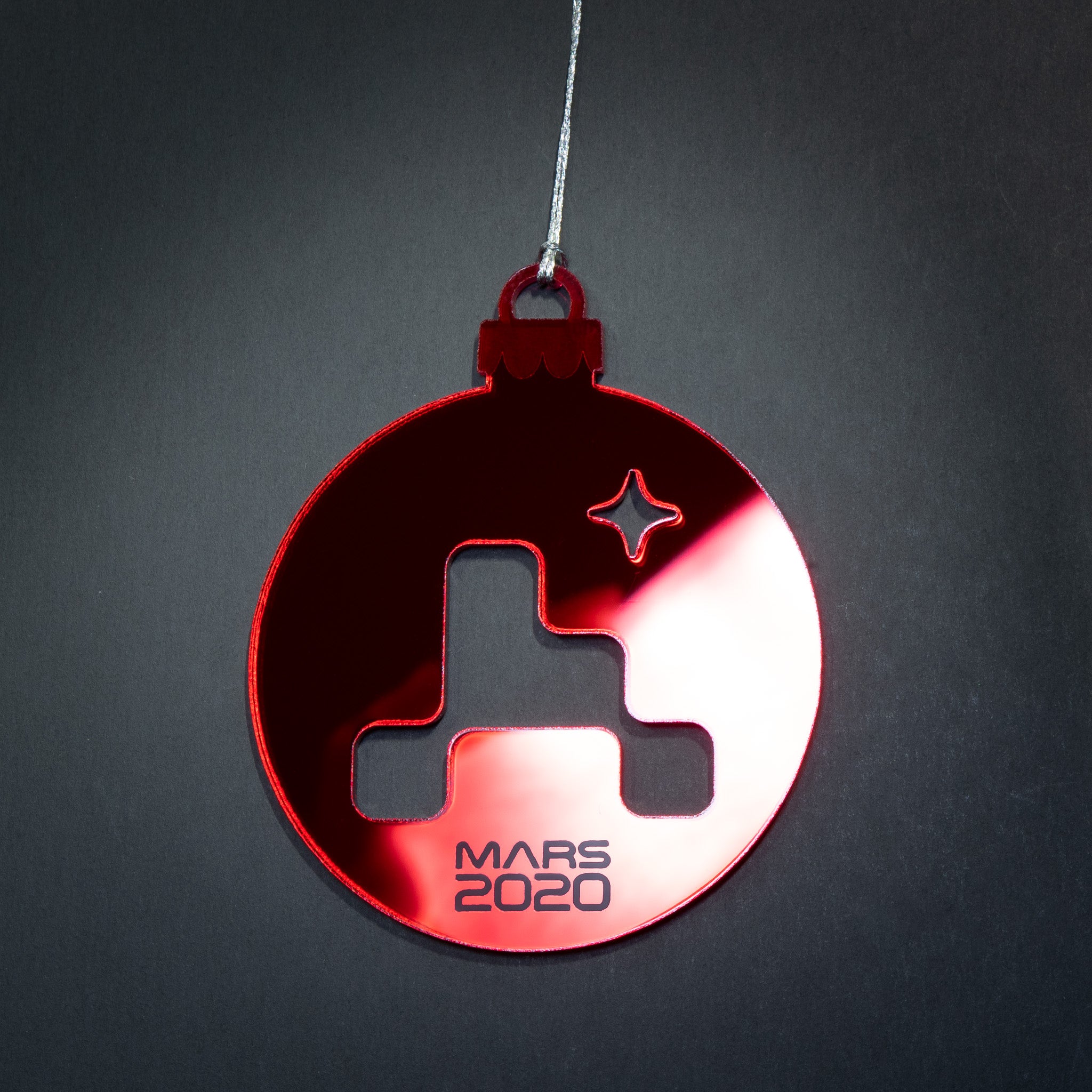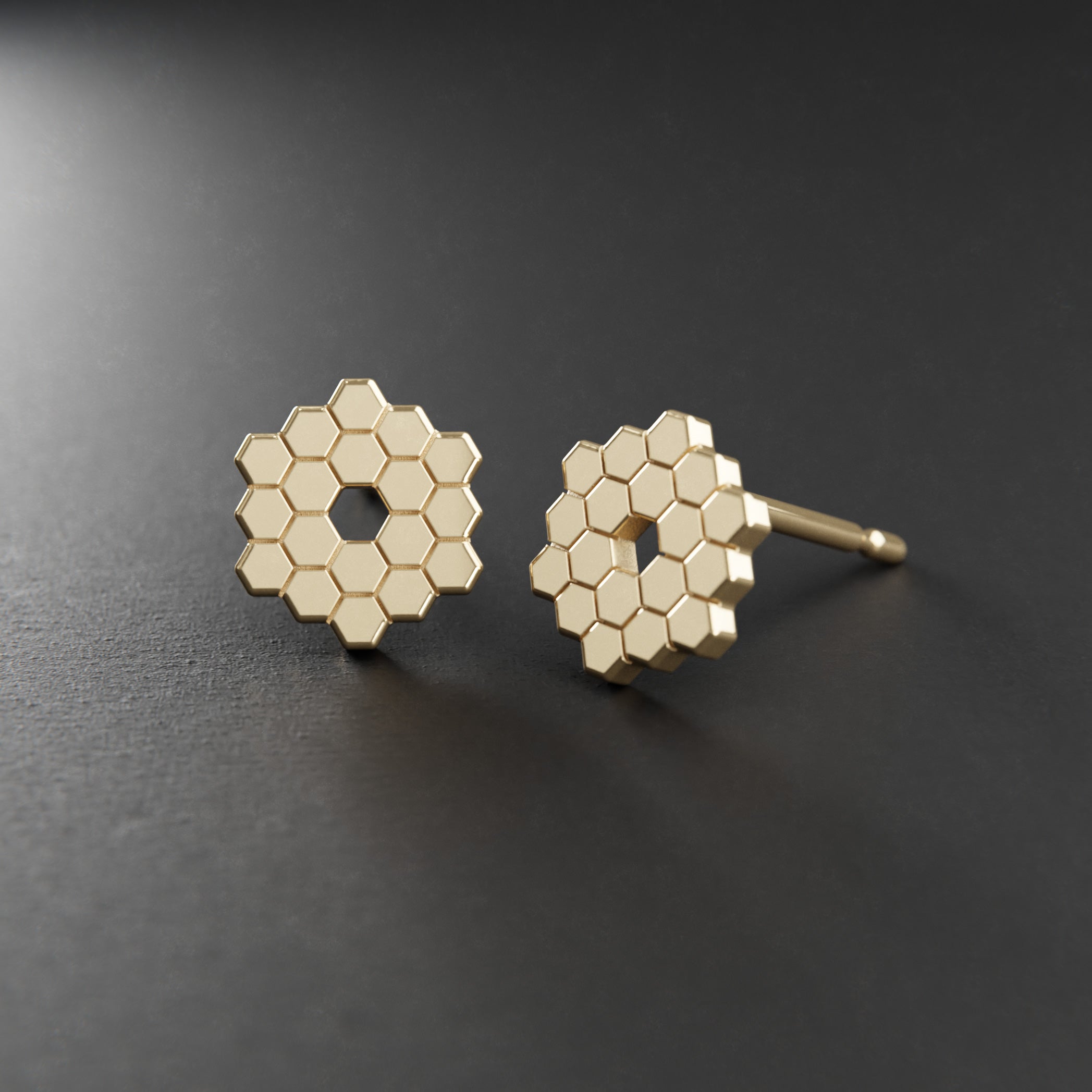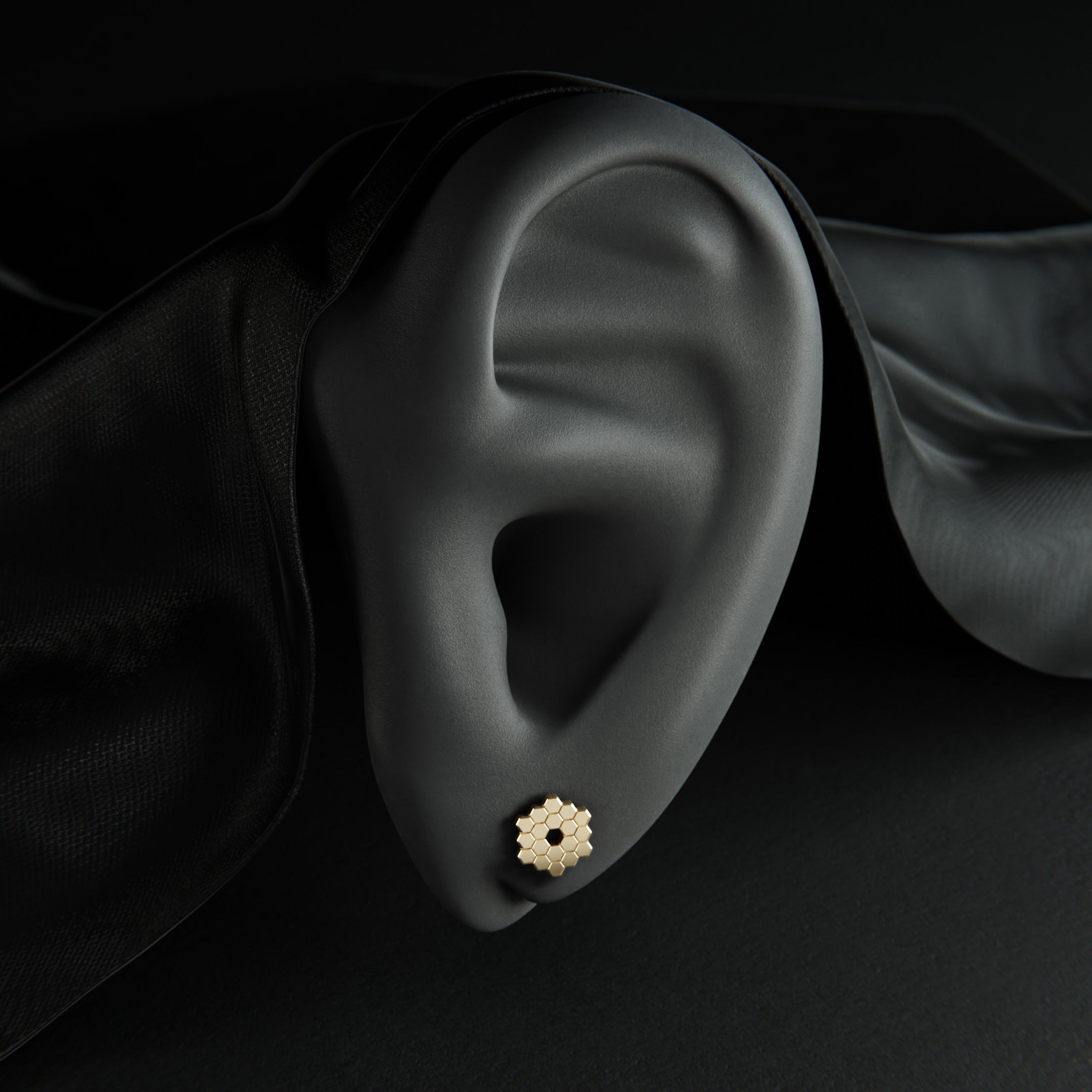The James Webb Space Telescope Feed
The most extensive source of information about James Webb Space Telescope. JWST Feed contains every single piece of data from the telescope, and is updating live every few minutes. Our goal is to make the full JWST data accessible for the public.
- Search
- Filter
- Feed
A JWST NIRSpec phase curve for WASP-121b: dayside emission strongest eastward of the substellar point and nightside conditions conducive to cloud formation
Multi-phase gas interactions on subarcsec scales in the shocked IGM of Stephan's Quintet with JWST and ALMA
Optical Properties of Organic Hazes in Water-rich Exoplanet Atmospheres: Implications for Observations with JWST
Spatially Resolved Stellar Populations of 0.3 < z < 6.0 Galaxies in WHL0137-08 and MACS0647+70 Clusters as Revealed by JWST: How do Galaxies Grow and Quench Over Cosmic Time?
Spatially Resolved Stellar Populations of 0.3 < z < 6.0 Galaxies in WHL0137-08 and MACS0647+70 Clusters as Revealed by JWST: How do Galaxies Grow and Quench Over Cosmic Time?
The GLASS-JWST Early Release Science Program. II. Stage I release of NIRCam imaging and catalogs in the Abell 2744 region
Simulated performance of the molecular mapping for young giant exoplanets with the Medium Resolution Spectrometer of JWST/MIRI
The James Webb Space Telescope Mission: Optical Telescope Element Design, Development, and Performance
PHANGS-JWST First Results: The Dust Filament Network of NGC 628 and its Relation to Star Formation Activity
PHANGS-JWST First Results: Mapping the 3.3 micron Polycyclic Aromatic Hydrocarbon Vibrational Band in Nearby Galaxies with NIRCam Medium Bands
PCA-based Data Reduction and Signal Separation Techniques for James-Webb Space Telescope Data Processing
Broad emission lines in optical spectra of hot dust-obscured galaxies can contribute significantly to JWST/NIRCam photometry
PHANGS-JWST First Results: Massive Young Star Clusters and New Insights from JWST Observations of NGC 1365
A population of faint, old, and massive quiescent galaxies at 3 < z < 4 revealed by JWST NIRSpec Spectroscopy
PHANGS-JWST First Results: Tracing the Diffuse ISM with JWST Imaging of Polycyclic Aromatic Hydrocarbon Emission in Nearby Galaxies
PHANGS-JWST First Results: Mid-infrared emission traces both gas column density and heating at 100 pc scales
The abundance of $z \gtrsim 10$ galaxy candidates in the HUDF using deep JWST NIRCam medium-band imaging
The abundance of $z \gtrsim 10$ galaxy candidates in the HUDF using deep JWST NIRCam medium-band imaging
PHANGS-JWST First Results: A Global and Moderately Resolved View of Mid-Infrared and CO Line Emission from Galaxies at the Start of the JWST Era
JWST's PEARLS: TN J1338$-$1942 -- I. Extreme jet triggered star-formation in a $z=4.11$ luminous radio galaxy
PHANGS-JWST First Results: Stellar Feedback-Driven Excitation and Dissociation of Molecular Gas in the Starburst Ring of NGC 1365?
PHANGS-JWST First Results: Rapid Evolution of Star Formation in the Central Molecular Gas Ring of NGC1365
MINDS. The detection of $^{13}$CO$_{2}$ with JWST-MIRI indicates abundant CO$_{2}$ in a protoplanetary disk
The first large catalogue of spectroscopic redshifts in Webb's First Deep Field, SMACS J0723.3$-$7327
PEARLS | Prime Extragalactic Areas for Reionization and Lensing Science: Project Overview and First Results

PEARLS | a new lens model for ACT-CL J0102-4915, “El Gordo”, and the first red supergiant star at cosmological distances discovered by JWST

PEARLS | Version of the same composite with additional explanatory markup. (Image credits as for the main image; composite with pull-outs by R. Jansen).

PEARLS | Nineteen objects and groupings of objects in the full image are highlighted to showcase the detail and variation in color and shape in both relatively nearby and extremely distant objects discernable in the first GTO target area within the JWST NEP Time-Domain Field. (Image credits as for the main image; composite with pull-outs by R. Jansen).

PEARLS | A swath of sky measuring 2% of the area covered by a Full Moon was deeply imaged with JWST/NIRCam in 8 filters and with Hubble in 3 filters that together span the 0.25—5 µm wavelength range. Most of this range is invisible to the human eye. For this color composite, the wavelength range was compressed and the colors were remapped to ones that span the visible rainbow. Thousands of galaxies over an enormous range in distance and time are seen in exquisite detail, many for the first time. Light from the most distant galaxies has traveled almost 13.5 billion years to reach us. The larger galaxies in this image are seen as they were when our own Sun first started shining 4.6 billion years ago, but were at that time already almost 9 billion years old. The Universe was a more violent and active place then, with galaxies still assembling. This is shown by the many colliding galaxies, tidal tails and bridges, by extended streams of stars from shredded smaller galaxies, and by bright galaxy cores that show evidence of supermassive black holes feeding and growing.

JWST and ALMA Multiple-Line Study in and around a Galaxy at $z=8.496$: Optical to FIR Line Ratios and the Onset of an Outflow Promoting Ionizing Photon Escape
UV Luminosity Density Results at z>8 from the First JWST/NIRCam Fields: Limitations of Early Data Sets and the Need for Spectroscopy
PHANGS--JWST First Results: ISM structure on the turbulent Jeans scale in four disk galaxies observed by JWST and ALMA



















